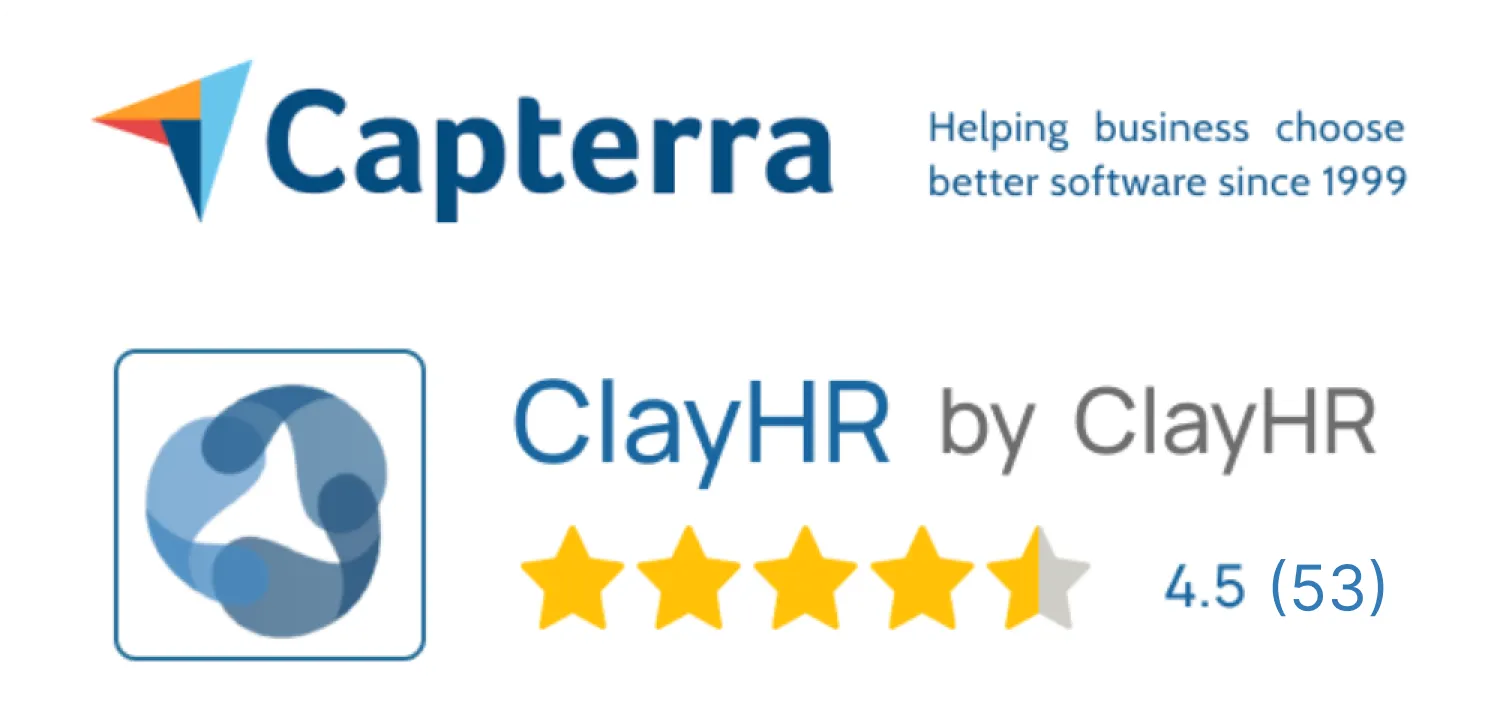Leave Policy Details - Configuration Options
To set up leave types, there are many options available. Here are some important ones:
- Leave Type Name: Public name to identify the PTO/Leave policy.
- Description: Optional field to explain the details of the leave policy. You can also include references and examples here.
- Track Leave Policy: Leave can be tracked in either days or hours, based on organizational preference.
- Definition of days count: Defines the days to be count while applying for leave -
1. In the case of working days: Only the working days configured in the system will be counted while requesting a leave.
2. In the case of calendar days: Weekends, holidays, or non-working days will also be count while requesting a leave. - Leave year starts at: The organization can define the leave year to begin with the calendar year, the employee’s anniversary date, or a designated date.
- Leave request beyond balance: Employees may submit leave requests even when their available balance is zero or negative.
- Annual Accrual Rate (Hours): The maximum number of leave hours an employee will accumulate during a year for this leave category.
Accrual Type:
- Continuous Accrual: Employees will earn time progressively and proportionately as the year goes by.
- Accrual at the beginning of the period: Employees are entitled to the full/maximum number of hours defined under the “annual accrual rate” at the beginning of the period.
- Accrual Threshold (Weeks): Minimum number of weeks an employee should be in the company for this policy to take effect. An employee can be assigned to this policy as part of their onboarding, but the policy will not be available to the employee until the “accrual threshold” time has passed from the joining date
Accrual Rate:
The Accrual Rate feature divides an employee’s annual leave into regular, smaller credits. You specify the number of hours per credit and the interval (e.g., every two weeks, every month, or per set hours worked). The system automatically posts these credits on the chosen schedule. Over the year, these periodic deposits add up to the full annual leave allowance. For example, in a policy, if a user wants to give 8 hours (1 day) every month, it can be given in different ways, as explained below.
Time Span
- Days: Grant 0.27 hours per day, accumulating to 8 hours over 30 days.
- Weeks: Grant 2 hours every week (≈8 hours over 4 weeks).
- Twice a Month: Grant 4 hours on the 1st and 4 hours on the 15th of each month.
- Months: Grant 8 hours on the 1st of every month.
Carryover Details:
- Carryover (Percentage): Percentage of the remaining balance at the end of the period that can be carried over to the next period. This is also called “Rollover Percentage”. For example, if you set carryover percentage as 50%, and a team member has 80 hours at the end of their leave year, only 40 hours will be carried over after that leave year ends. If you set carryover percentage to 0, that translates as "No Carryover". If you have maximum carryover or expiration date specified, it is quite common to have this field set to 100%.
- Maximum Carryover (Hours): Maximum number of hours that can be carried over to the next period. This is also called “Maximum Rollover”.
- Carryover expires after: Select the time span after which the carryover will expire.
Click on the following links to learn more on “How to Assign a Leave Type to Users” and on “How to Set Up Leave Types










